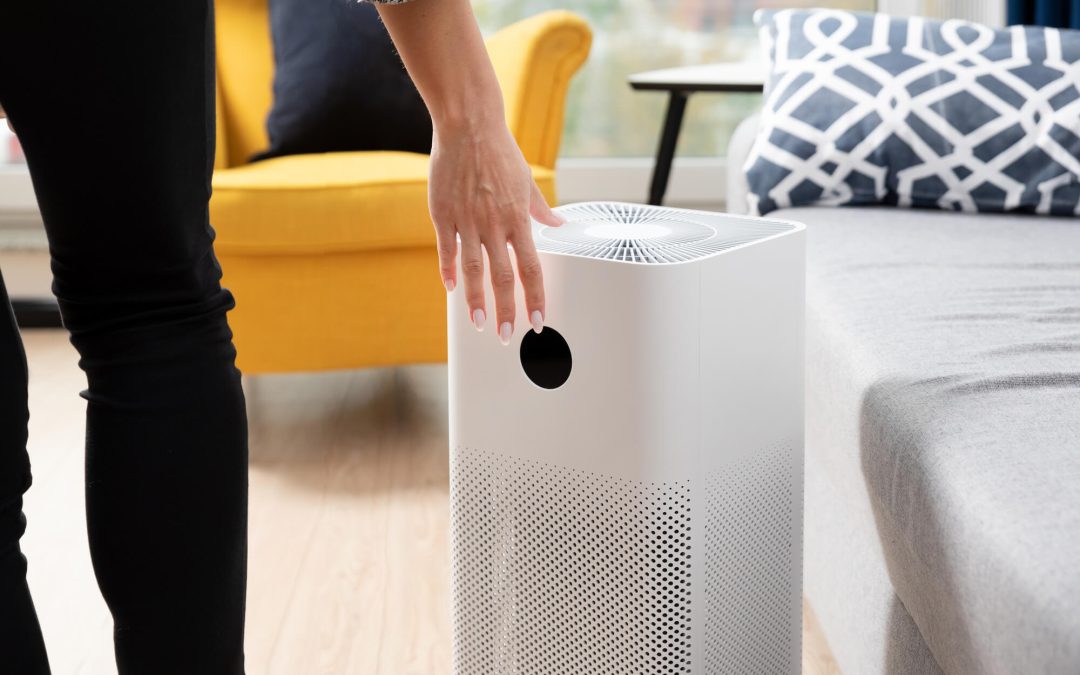If you’re sneezing, wheezing, or rubbing your eyes inside your home, it might be time to consider whether allergens are to blame. From the bedroom to the kitchen, allergens like dust mites, pet dander, and pollen can affect your health and quality of life. In this guide, we’ll take you through practical measures to minimize these invisible intruders and help you reclaim your living space.
Understanding Common Household Allergens
The first step in allergy-proofing your home is identifying the most common culprits. Household allergens typically include dust mites, pet dander, pollen, and mold. These allergens aren’t just annoying; they trigger various symptoms, from sneezing and watery eyes to more severe respiratory issues. Understanding where these allergens accumulate and how they affect health will help you focus your efforts in the right areas.
Allergy-Proofing Room by Room
The Bedroom
Since we spend about a third of our time in the bedroom, starting here is crucial. Cover your mattresses and pillows in dust mite-proof covers, which act as barriers preventing mites from accumulating in the fabric. Wash bedding weekly in hot water to kill mites and remove allergens. Choose easy-to-clean furniture and minimize plush decor to reduce dust and dander.
Living Areas
Opt for leather or another non-fabric upholstery in living rooms, which won’t hold dander and mites as much as their fabric counterparts. Vacuum regularly with a HEPA filter-equipped vacuum cleaner to remove allergens that accumulate in carpets and rugs. If possible, replace wall-to-wall carpeting with hardwood or laminate flooring, which doesn’t trap allergens as easily.
Kitchen and Bathrooms
Moisture control in these areas will prevent mold growth. Use exhaust fans to lower humidity while cooking and bathing. Regularly clean surfaces to remove food debris and prevent mold and pest infestations, which also exacerbate allergy symptoms.
Basements and Attics
Due to higher humidity levels, these less-frequented areas are hotspots for mold and mildew. Use dehumidifiers to lower humidity. Inspect these areas regularly for water leakage or condensation issues and quickly address them to prevent mold growth.
Air Quality Control
Improving the air quality inside your home will make a big difference for allergy sufferers. Use HEPA air purifiers to capture the majority of airborne allergens. Maintaining your heating, ventilation, and air conditioning (HVAC) system, including regular filter changes, significantly reduces circulating dust and allergens. During pollen season, keep windows closed and rely on air conditioning, mainly on days with high pollen counts.
Routine Cleaning Practices
Regular cleaning is vital to controlling allergens. Your method and frequency of cleaning also make a difference. Use damp cloths for dusting to prevent kicking up dust into the air. When cleaning floors, use a damp mop instead of a dry one to trap allergens.
Implementing these strategies will dramatically improve your home’s comfort and air quality, creating a healthier environment that lets everyone breathe a little easier.
FAQs About Allergy-Proofing Your Home
How often should I clean to reduce allergens effectively?
High-traffic areas like kitchens and living rooms should be cleaned at least once a week. Wash bedding weekly in hot water and clean surfaces that accumulate dust twice weekly.
Are air purifiers effective against all types of allergens?
HEPA air purifiers are highly effective at capturing airborne particles, including pollen, pet dander, dust mites, and mold spores. However, they are less effective against odors and chemical fumes.
What are the best flooring options for allergy sufferers?
Hard surfaces like hardwood, laminate, or tile are preferable because they don’t trap allergens and are easier to clean. If you prefer carpet, choose a low-pile option and vacuum it regularly with a HEPA filter-equipped vacuum cleaner.
Can indoor plants help improve air quality?
While plants can absorb certain toxins, they might also increase indoor humidity levels, potentially contributing to mold growth. If you keep indoor plants, be mindful of their placement and watering schedule to minimize these risks.
Is it necessary to remove pets from the home to control allergies?
Not necessarily. While pet dander is a common allergen, regular bathing of pets, using air purifiers, and maintaining clean living environments significantly reduces the impact of pet dander on allergy sufferers.
Lakeland Home Inspection Service provides home inspections in Polk County, West Hillsborough County, and surrounding areas. Contact us to schedule our services.

